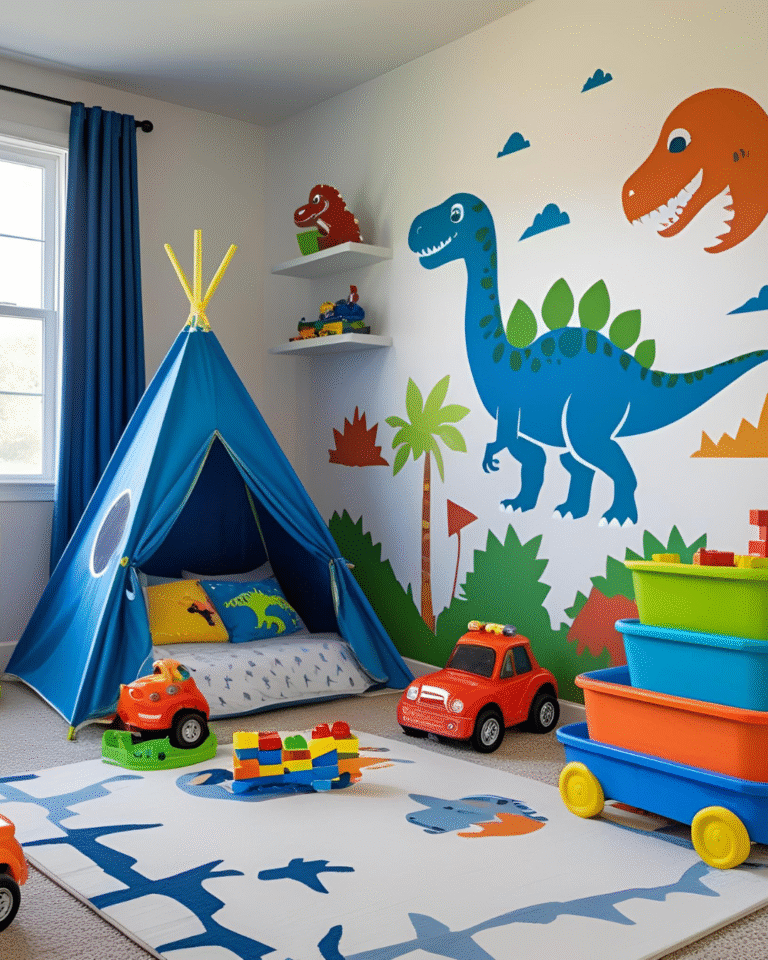10 Modern Kids Room Design Ideas for Functional and Stylish Spaces
Designing a modern kids’ room is about creating a space that balances style, comfort, and functionality. You want a room where your child can play, learn, and relax while reflecting their personality.
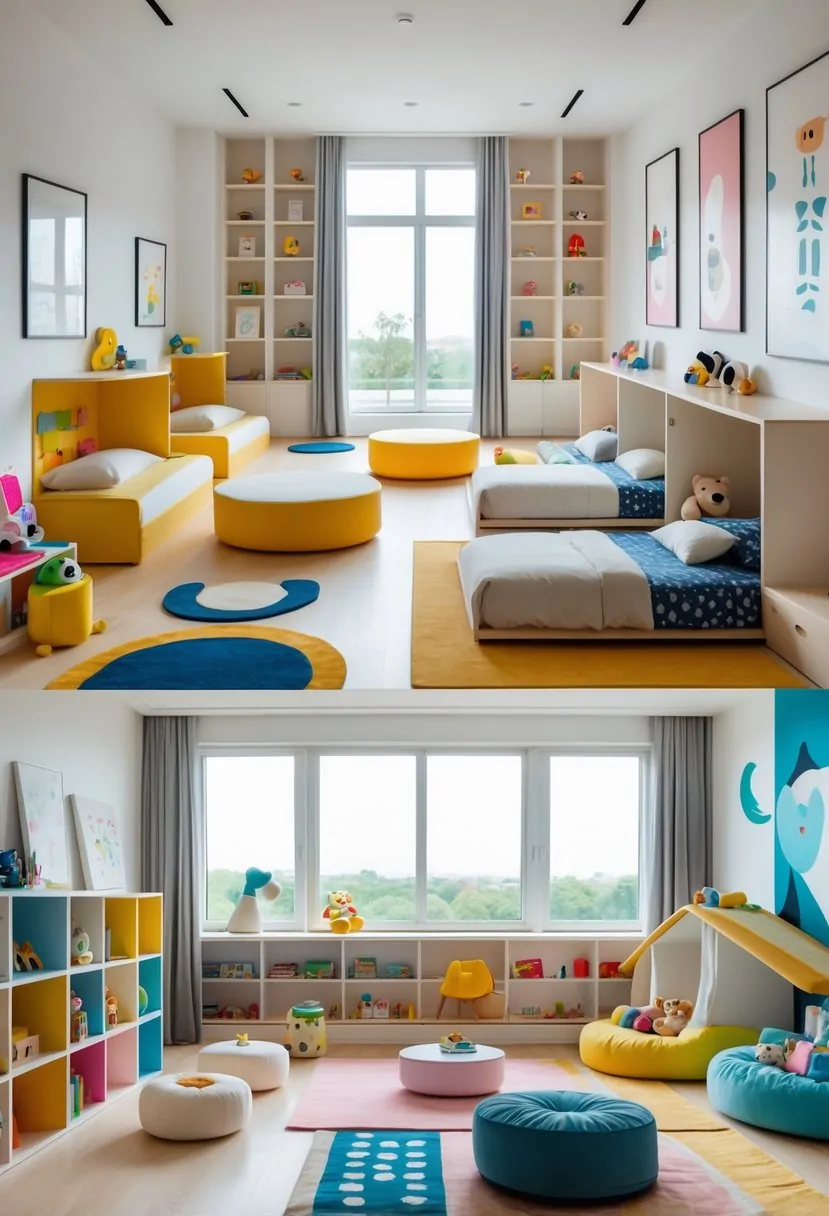
Modern kids’ room designs focus on making the space practical and appealing for both you and your child. This approach helps you create a room that grows with your child’s changing needs without losing its charm.
1) Use multifunctional furniture for space optimization

You can save a lot of space by choosing furniture that serves more than one purpose. For example, a bed that turns into a desk or a crib that grows into a bed helps you use the room efficiently.
Multifunctional furniture also helps reduce clutter and keeps the room organized. This makes it easier for your child to play, study, and rest in the same space.
2) Incorporate vibrant accent walls to stimulate creativity
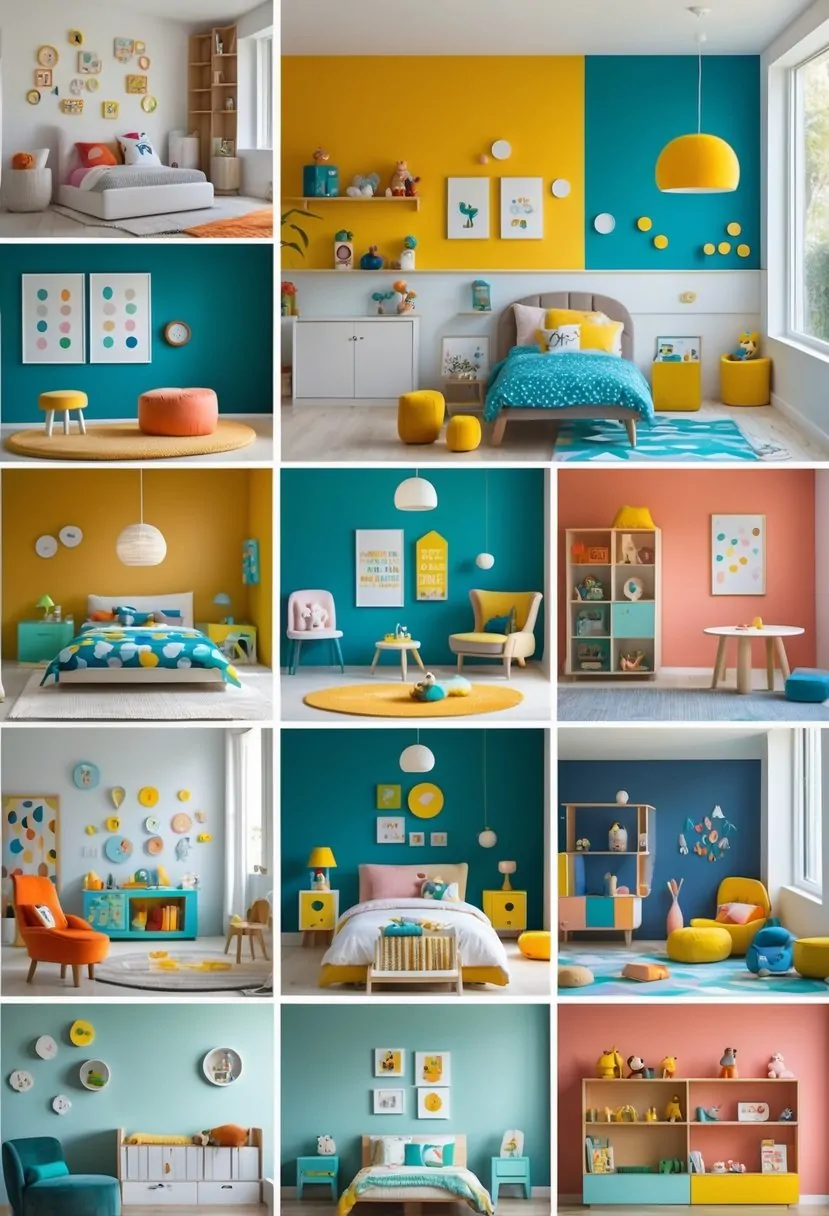
You can use bright colors or geometric shapes on an accent wall to make your child’s room more lively. This adds a creative touch that can inspire imagination.
Choose patterns or colors that match the room’s style but still stand out. An interactive wall, like a chalkboard or magnetic surface, lets your child express themselves while playing.
3) Install adjustable LED lighting for mood control
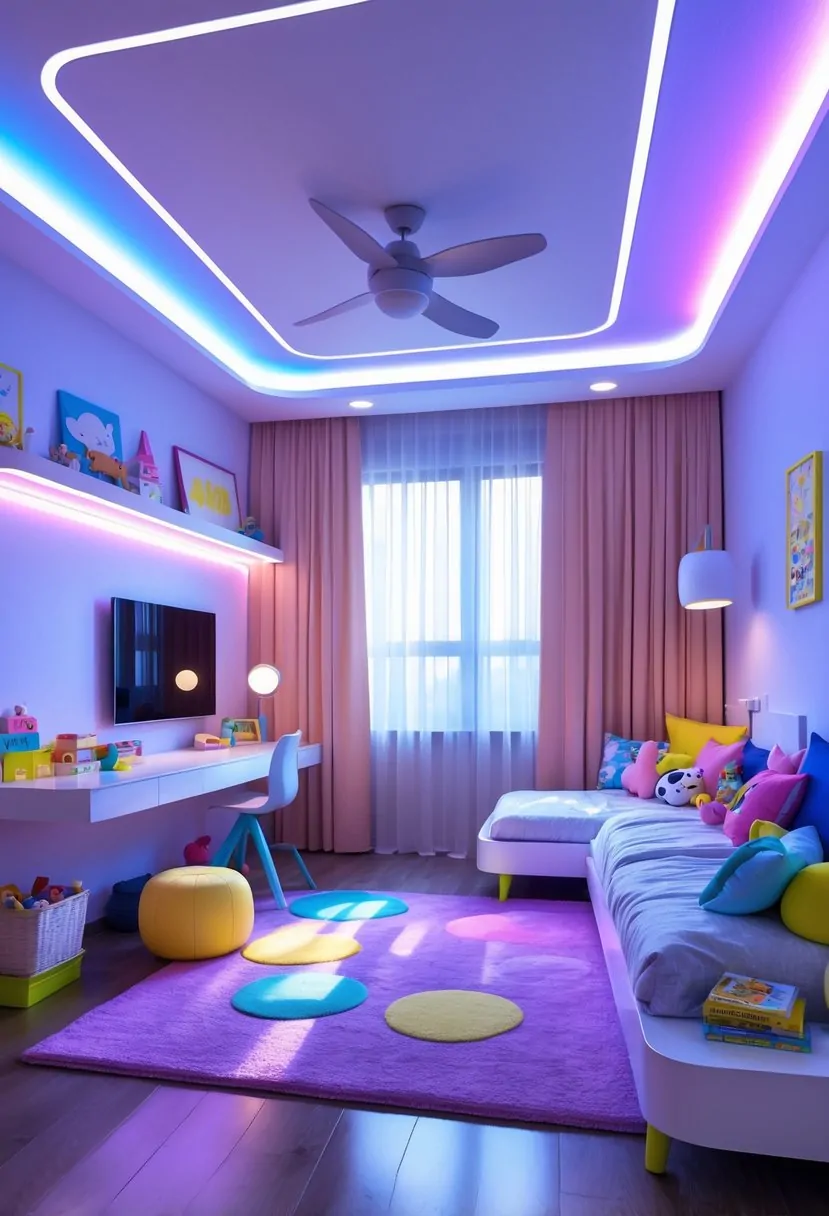
You can use adjustable LED lights to change your child’s room mood easily. These lights let you pick colors and brightness to fit different times of day or activities.
Many options come with remote or app controls, giving your child power to set their own lighting. This makes the room both fun and functional.
4) Choose modular storage solutions for easy organization
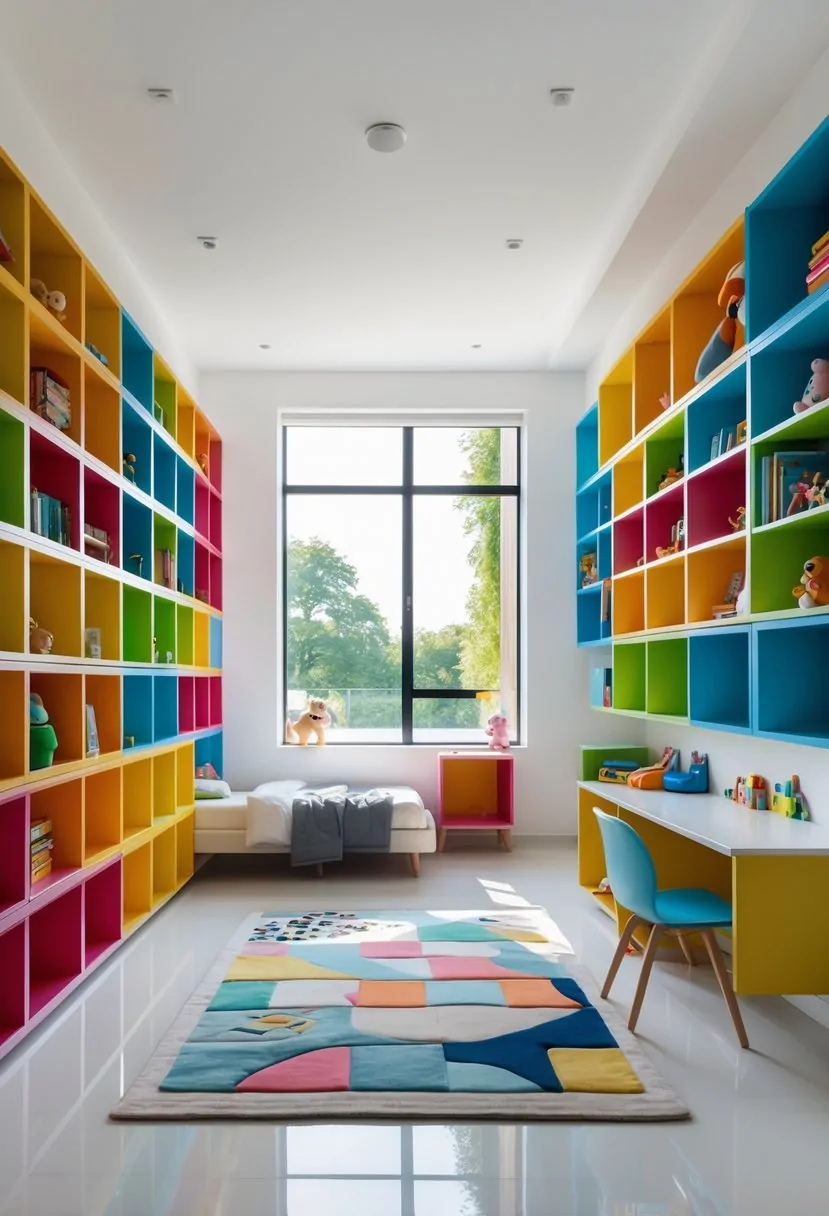
You can make your child’s room neat by using modular storage. These systems let you add or remove units as your child grows.
Modular storage includes shelves, bins, and cabinets that fit together. It helps keep toys, books, and school supplies in order.
This kind of storage saves space and adapts to your child’s changing needs. It also makes cleanup easier for both of you.
5) Integrate playful wall decals with educational themes
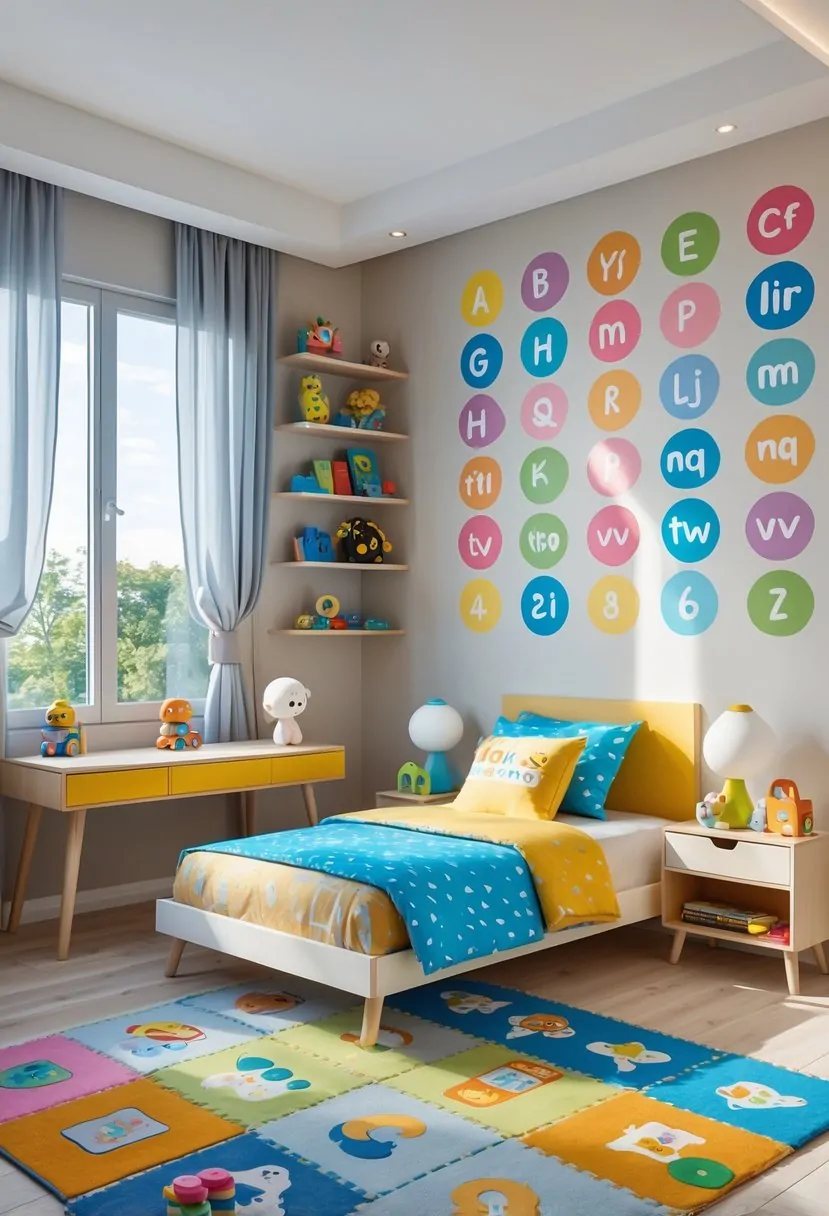
You can use wall decals to make your child’s room both fun and educational. Choose decals with letters, numbers, or shapes to help your child learn while playing.
These decals are easy to update as your child grows. They also let you add color and style without permanent changes.
6) Opt for durable, easy-to-clean flooring materials
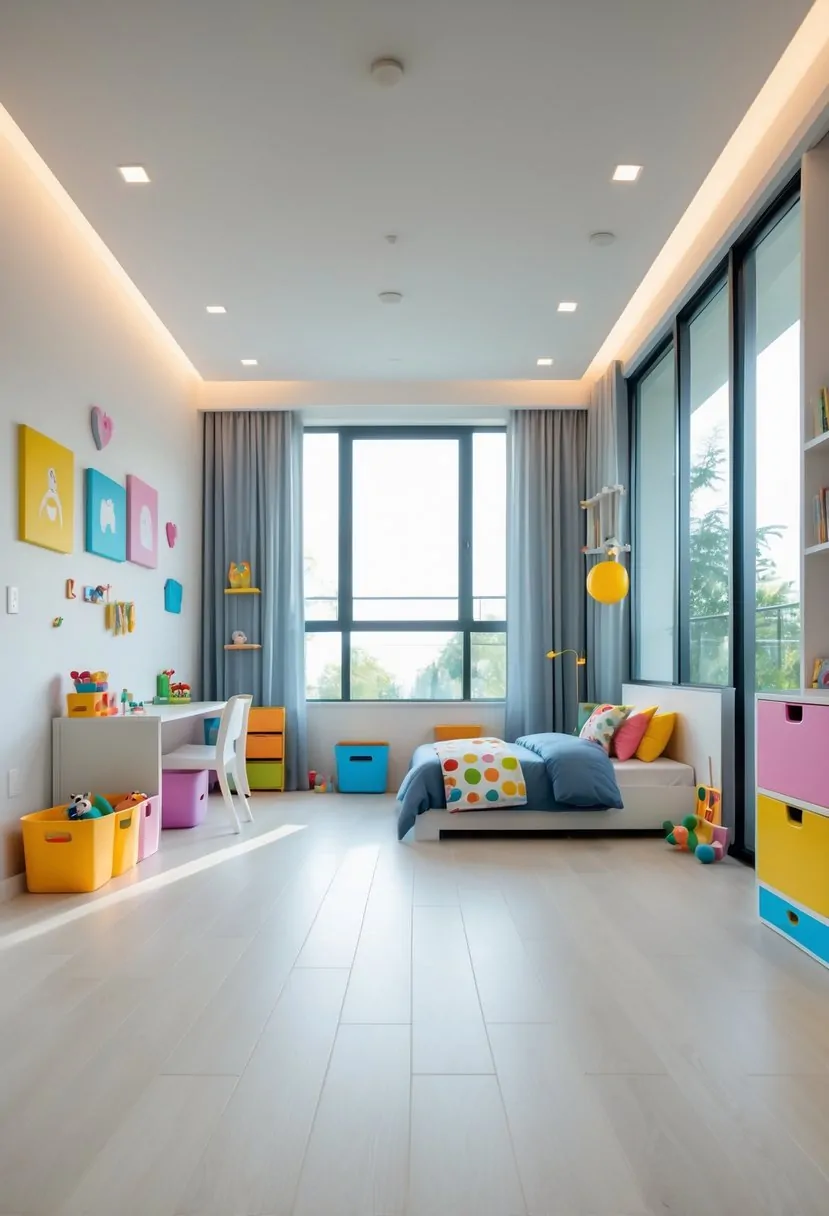
Choose flooring that can handle spills, dirt, and heavy use. Materials like luxury vinyl plank (LVP) and porcelain tile are waterproof and scratch-resistant.
These options make cleaning simple and keep your child’s room looking nice for longer. They also work well in areas prone to moisture or high traffic.
7) Create distinct zones for study, play, and rest
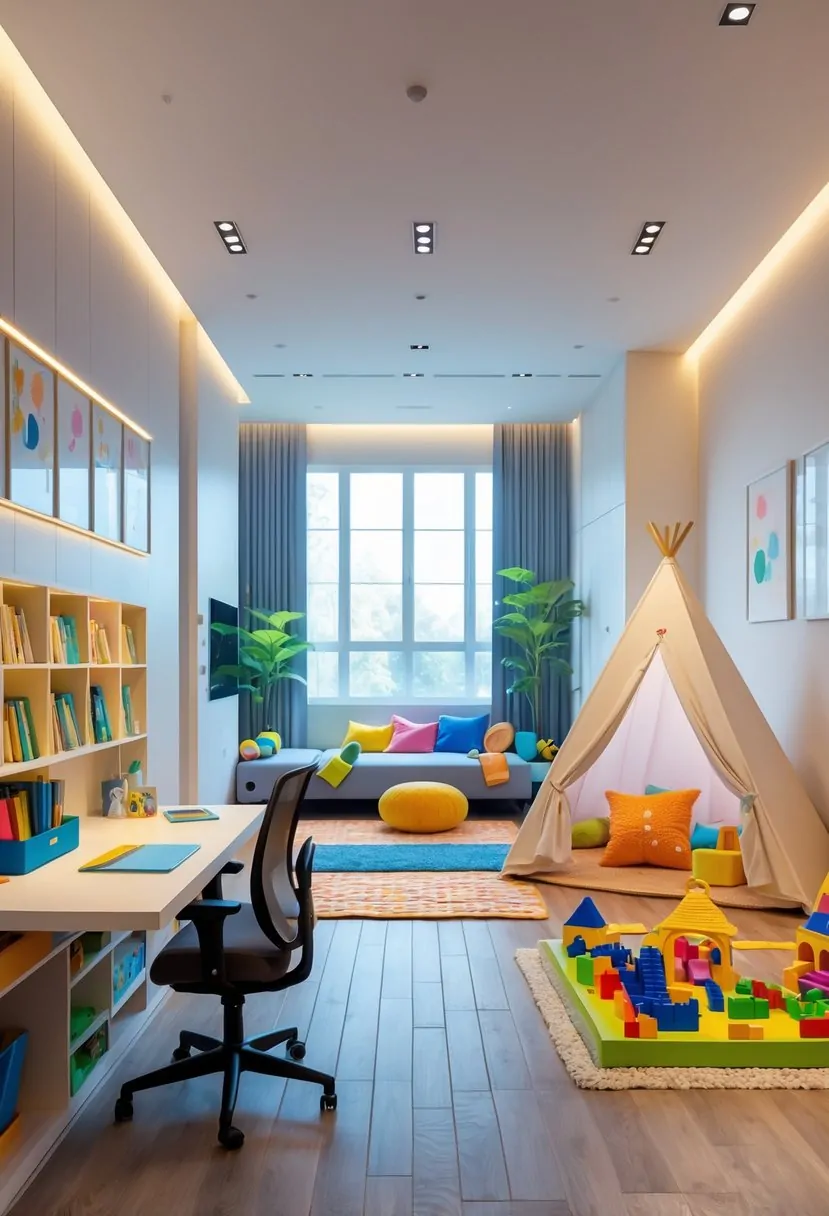
You should separate your child’s room into clear areas for different activities.
A study zone helps them focus on schoolwork without distractions.
A play area keeps toys and games contained and encourages creativity.
The rest zone needs to be calm and comfortable to support good sleep.
This separation makes the room more organized and functional.
8) Use built-in bunk beds to maximize floor area
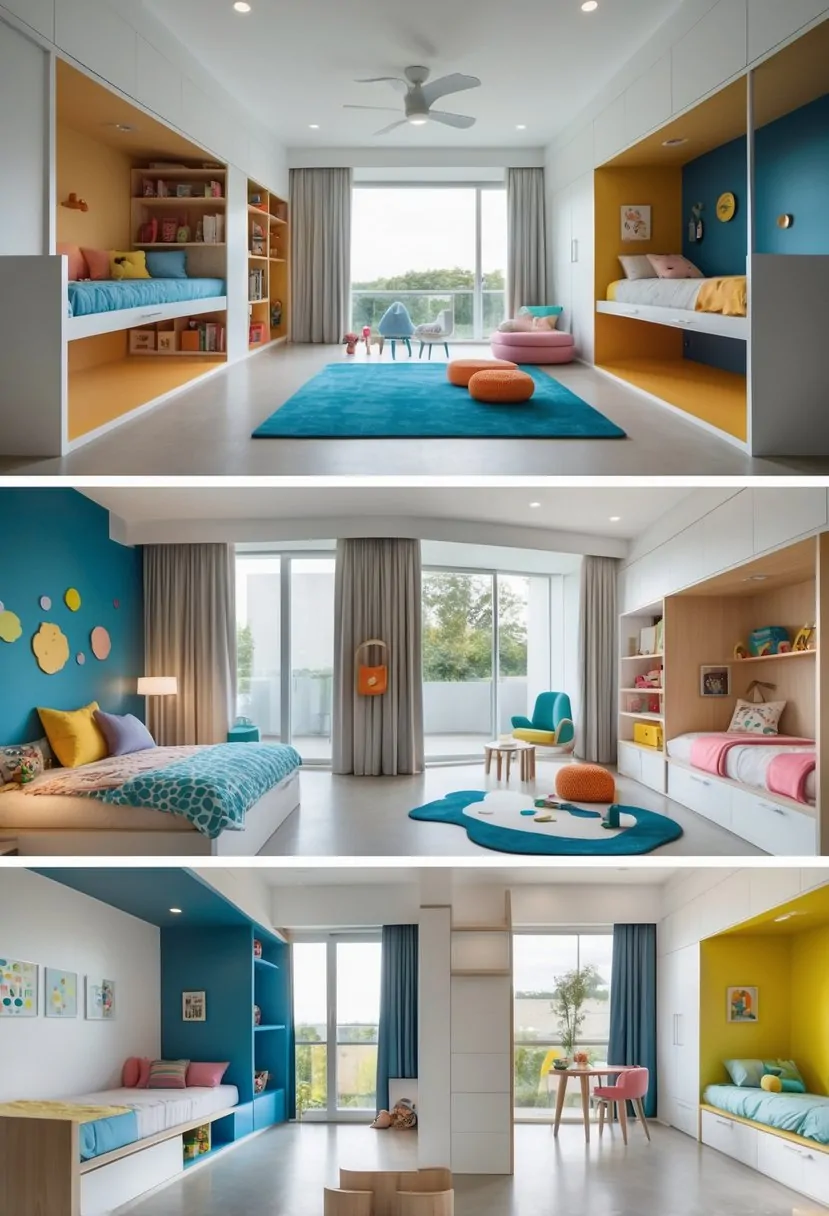
You can save a lot of floor space by choosing built-in bunk beds. They fit neatly into walls or corners, leaving more room for play or storage.
Built-in designs often include shelves or drawers, helping you keep the room organized. This makes them both practical and stylish for modern kids’ rooms.
9) Decorate with nature-inspired elements and colors
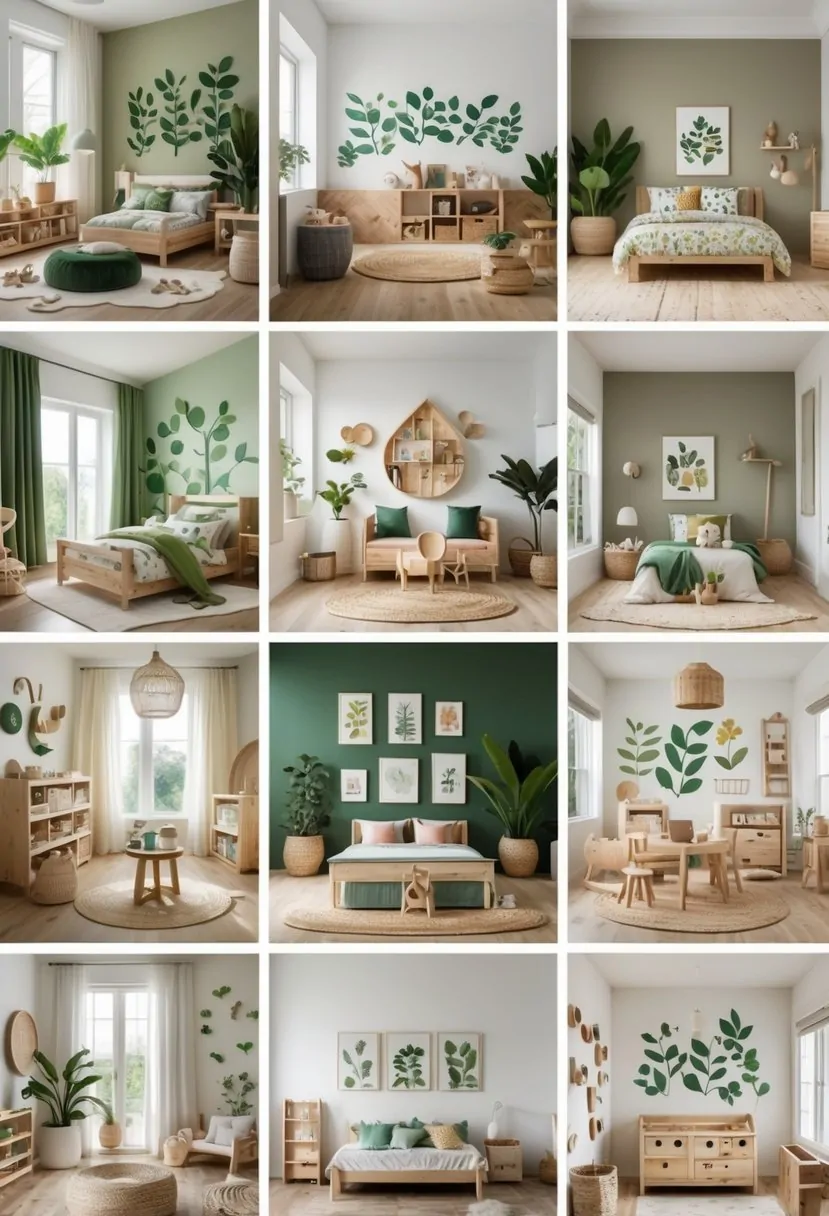
You can create a calm and inviting space by using nature-inspired colors like greens, browns, and soft blues. Adding natural materials such as wood or plant-themed decor makes the room feel warm and cozy. These elements help your child connect to the outdoors while encouraging creativity and relaxation.
10) Add ceiling-mounted canopy nets for a whimsical touch
You can create a cozy, magical space by hanging a canopy net from the ceiling. Use lightweight fabric or mesh for a soft, airy feel.
Mount the net with hooks or curtain rods to make the setup simple and secure. This adds charm without taking up floor space.
A canopy net works well for play or rest, making your child’s room feel special and inviting.
Key Elements of Modern Kids Room Design
Your kid’s room should balance style and function to grow with their changing needs. Focus on making the space adaptable, comfortable, and visually appealing through smart design choices.
Color Palettes and Materials
Use neutral base colors like white, beige, or soft gray to create a calm backdrop. Add bright accent colors in small doses to keep the room playful and lively without overwhelming it. For example, a bright pillow, wall art, or a colorful rug can work well.
Choose durable materials that are easy to clean and maintain, such as cotton for bedding and solid wood or laminate for furniture. These materials hold up better to wear and tear. Avoid heavy patterns that might make the room feel cluttered. Instead, go for simple shapes and textures that add interest without chaos.
Using natural materials like wood or rattan can also add warmth and a modern touch while being safe and eco-friendly.
Balancing Style and Functionality
You need a kids’ room that looks good and works well every day. It should be easy to keep tidy, comfortable for different activities, and flexible enough to change as your child grows.
Personalization Tips for Growing Kids
Let your child’s interests guide the design. Use adjustable furniture like desks and shelves that change height as your child grows.
Add removable wall decals or art to reflect their current passions without permanent changes. This keeps the room fresh and personal.
Choose storage solutions that are easy to access and encourage organization. Bins, baskets, and open shelves work well for toys, books, and school supplies.
Incorporate a mix of colors and textures your child likes, but keep it balanced so the room won’t feel cluttered or overwhelming. This balance helps keep the space stylish and functional over time.

